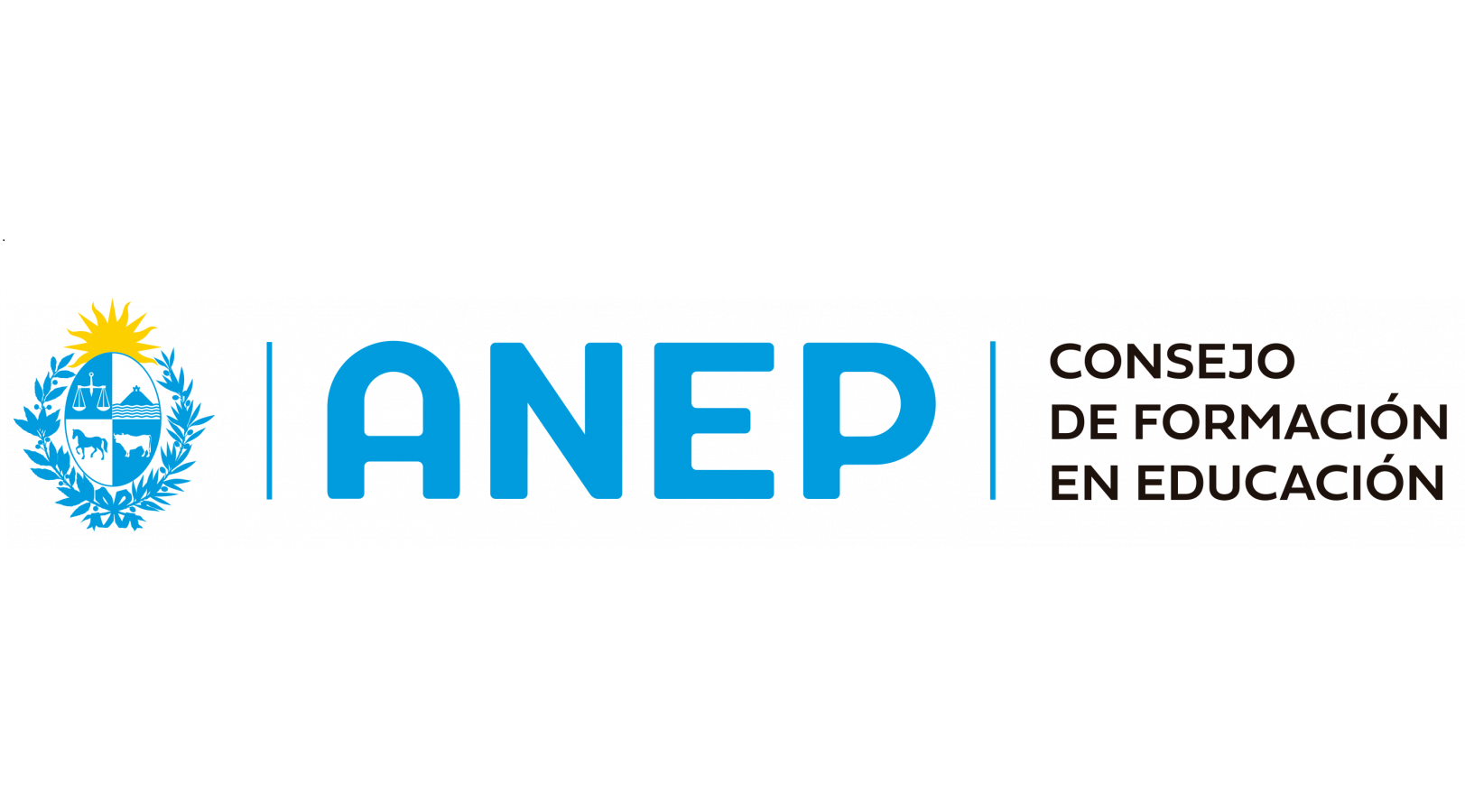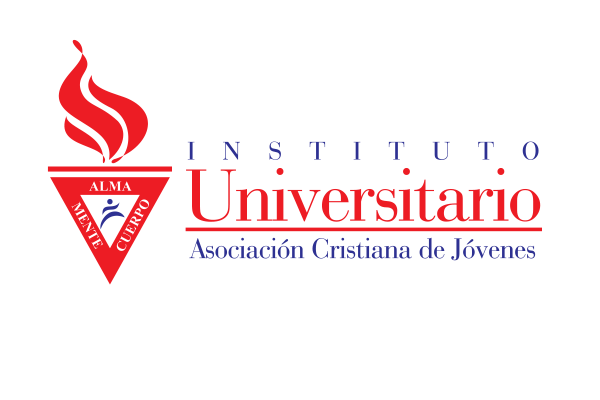PRELIMINARY PSYCHOMETRIC CHARACTERISTICS OF THE HSCL-A ADAPTED FOR USE IN URUGUAYAN ADOLESCENTS IN THE CONTEXT OF VIOLENCE
CARACTERÍSTICAS PSICOMÉTRICAS PRELIMINARES DEL HSCL-A ADAPTADO PARA ADOLESCENTES URUGUAYOS EN CONTEXTO DE VIOLENCIA
| 2014 | |
|
violence psychological development internalizing problems behavior problems adolescence violencia desarrollo psicológico problemas internalizantes problemas de conducta adolescencia |
|
| Español | |
| Universidad Católica del Uruguay | |
| LIBERI | |
|
https://revistas.ucu.edu.uy/index.php/cienciaspsicologicas/article/view/1032
https://hdl.handle.net/10895/2943 |
|
| Acceso abierto |
| Sumario: | The purpose of this study is the linguistic adaptation and validation of the Hopkins Symptom Checklist for adolescents (Bean et al., 2007), a self-administered brief screening instrument, widely used for the detection of internalizing and externalizing problems. Following its linguistic adaptation – involving Uruguayan professionals and adolescents - the instrument was administered in a convenience sample of 529 adolescents aged 12 to 16 years, students of three catholic private secondary schools in Montevideo, of medium high (46,1%) and medium low (53,9%) socioeconomic level. We also administered the IES-R (Weiss & Marmar, 1997), BIEPS-J (Casullo, 2002) and a sociodemographic questionnaire.The results of the principal component analysis support the two factor model established in previous studies. Chronbach alpha values were satisfactory (.90 for the total scale and .90 and .75 for the subscales) comparable to those established in previous studies. Analysis confirmed the positive correlation between the HSCL-A scores and posttraumatic stress symptoms, its inversed correlation with psychological wellbeing, and its capacity to distinguish between victims and witnesses of violence, supporting convergent validity of the instrument.We conclude that the HSCL-A may be considered as a solid and promising instrument for evaluation internalizing and externalizing problems in Uruguayan adolescents. |
|---|












